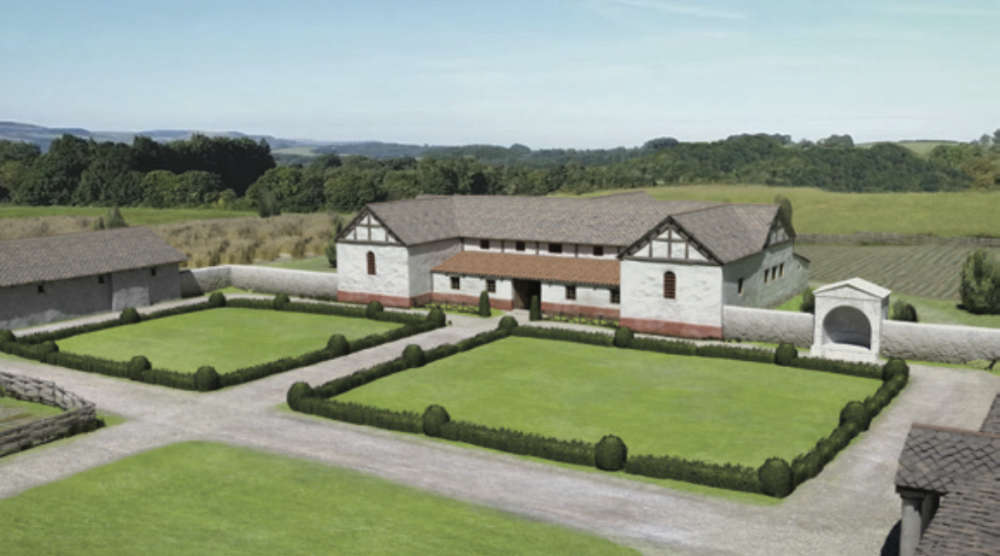
Situated on the eastern side of the Isle of Wight, overlooking Sandown Bay, Brading Roman Villa stands as a magnificent testament to the Island’s rich history.
With its roots tracing back to the Roman period, this archaeological site offers a fascinating glimpse into the lives of the Island’s ancient inhabitants. The villa was constructed in the years that followed the Roman invasion of Britain in AD 43 and was inhabited for four centuries.
The South Range was erected in around AD 100 and was followed by the completion of the grander North Range a hundred years later. The West Range was built around AD 300 – and was the last and grandest of three buildings on the site.
Brading Roman Villa served as a luxurious residence for wealthy Romans. Its location near the coast provided easy access to trade routes, while fertile arable lands around the villa allowed good crops of grain to be grown. Sheep and cattle could fertilise the land between seasons and natural springs nearby gave a good water supply.
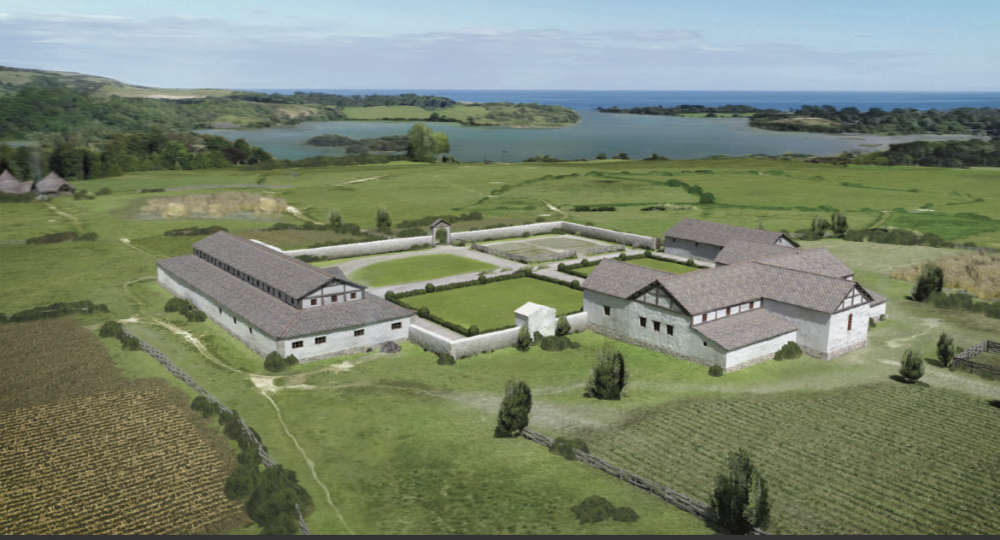
The ownership of the villa estate may have remained in the same family through the generations or changed many times. At its height during the 4th century it was home to a family of much wealth and importance.
It was around this time that the high status house, the West Range, was completed.
As a winged corridor villa, common in southern Britain, it provided separate private living accommodation for the owner and their family together with space for entertaining guests.
After the decline of the Roman Empire from 410 AD, the villa was abandoned by its wealthy owner and fell into disrepair. It remained hidden beneath layers of soil for centuries until its rediscovery in 1880. A local farmer named William Munns and retired army Captain John Thorp, uncovered the Bacchus mosaic. This serendipitous find led to a series of archaeological excavations, revealing the extensive remains of Brading Roman Villa.
Interest in the villa and its excavations led Lady Oglander of Nunwell to buy the land to ensure it could be managed and looked after.
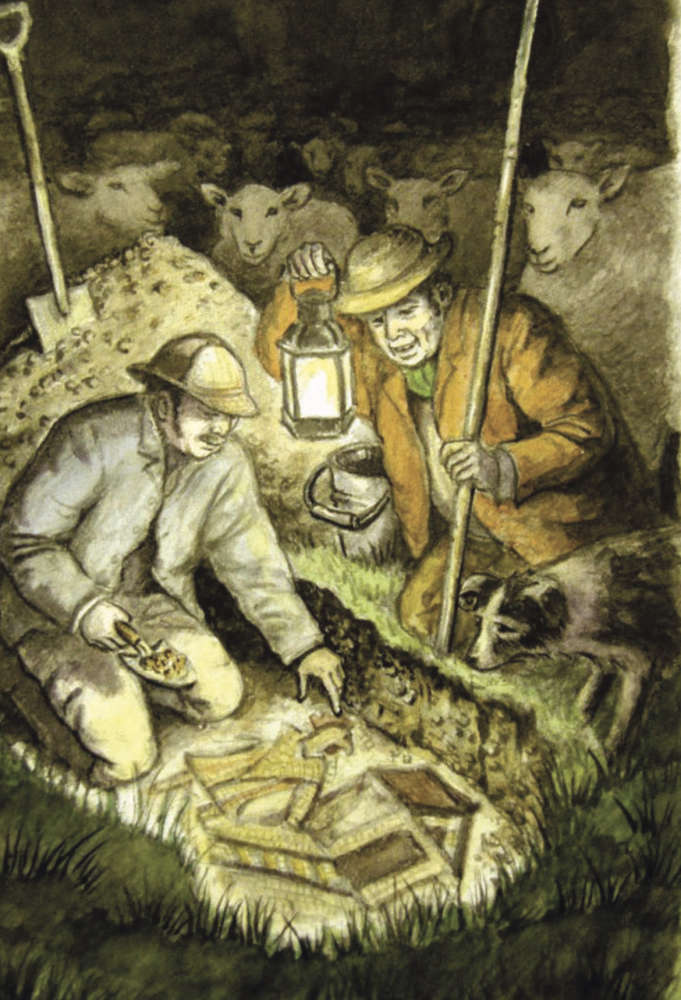
Once the villa was excavated a cover building was erected for protection to allow visitors to view the remains.
One famous visitor was Queen Victoria who was presented with tiles from the hypocaust, the underfloor heating system which formed part of the North range and designed by Roman engineers. These tiles were put on display in the museum at Osborne House.
‘Big digs’ between 2008and 2010 re-excavated the North and South Ranges and uncovered Victorian artefacts, including glass bottles, leather shoes and a baby’s dummy. The foundations of the early North and South Ranges are now outlined in chalk on the site.
The villa at Brading encompasses a vast area, with the North range building measuring approximately 46 metres in length. The villa would have featured a central courtyard surrounded by rooms and corridors, including a bathhouse and private chambers. One of the most captivating aspects of Brading Roman Villa is its exquisite collection of mosaics. These intricately designed floors depict various scenes, including mythical creatures, Roman gods and goddesses, and elaborate geometric patterns.
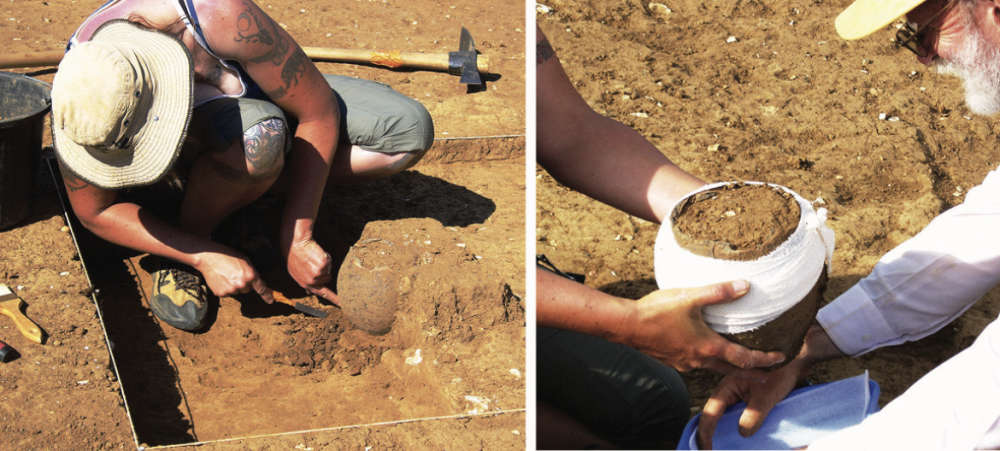
On the site today, the award-winning visitor centre and museum offer unique insights into Roman life in Britain from beautifully preserved mosaic floors to an extensive collection of Roman archaeology.Using artefacts and archaeological reports, the museum takes visitors on a tour from prehistory up to the modern day. Brading Roman Villa stands as a captivating window into the past, allowing us to glimpse the cultural significance of the Roman presence on the Isle of Wight. The villa welcomes many visitors and school groups to the fascinating site – and on-site café. It’s also a popular choice as an Isle of Wight events venue.
Its archaeological treasures continue to fascinate and educate visitors, ensuring that the legacy of this ancient site remains alive.
To see how the site and villa would have looked during the 400 years it was occupied, you can watch Brading Roman Villa’s virtual CGI tour at bradingromanvilla.org.uk

 Schools Come Out In Force To Support "Wear What Makes You Happy" Fundraiser For Arlo Lambie
Schools Come Out In Force To Support "Wear What Makes You Happy" Fundraiser For Arlo Lambie
 Entertainment Guide: February 2025
Entertainment Guide: February 2025
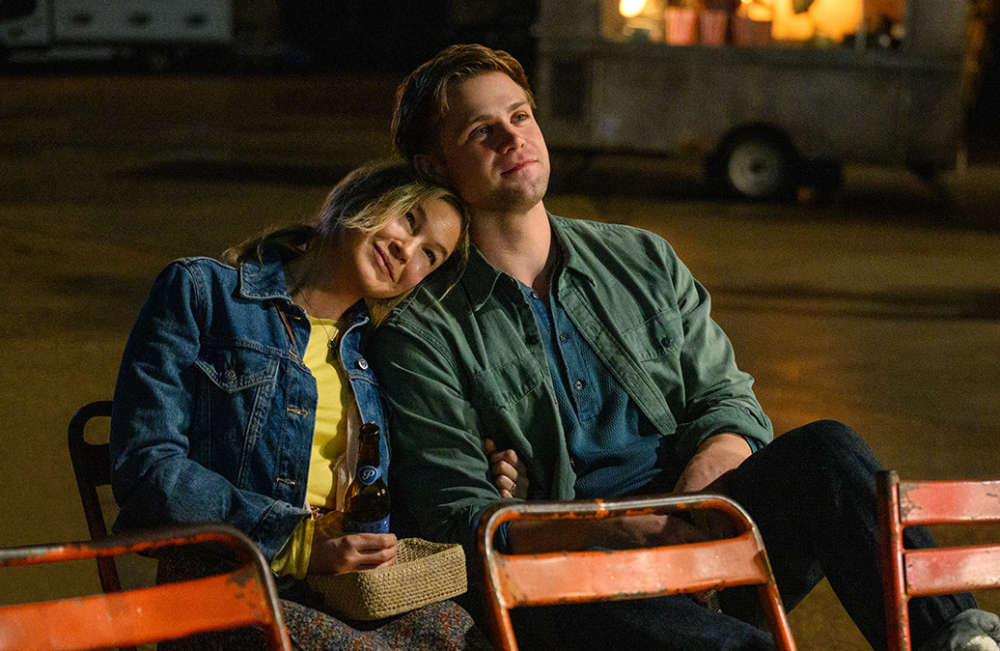 What to Watch in February 2025
What to Watch in February 2025
 Island Update: January 2025
Island Update: January 2025
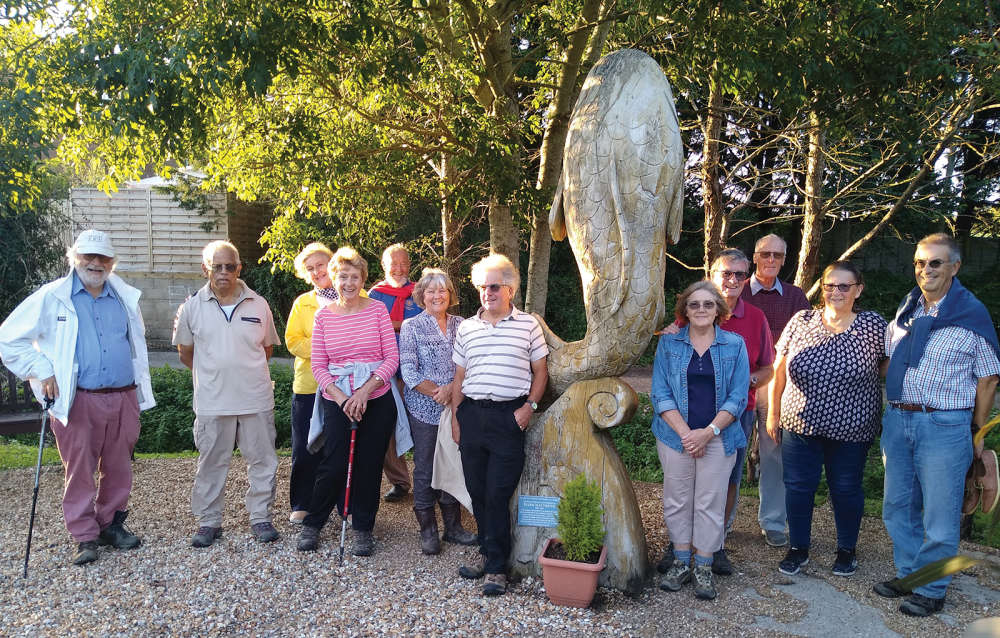 Ryde Rotary Centenary: 100 Years Strong
Ryde Rotary Centenary: 100 Years Strong
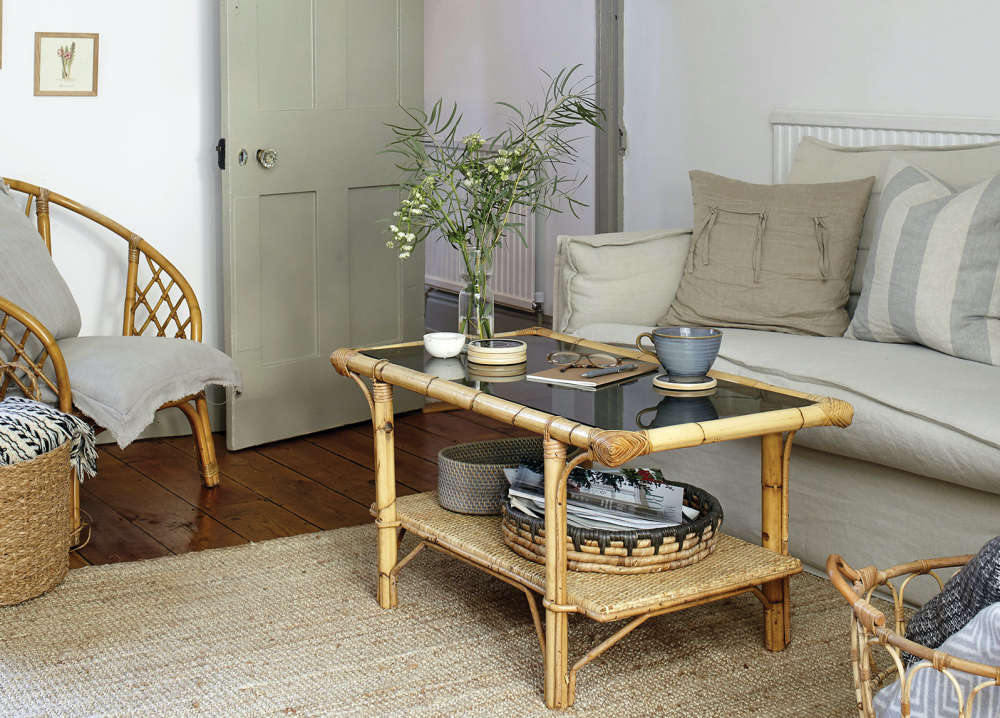 Home Style: Scandi Island Life
Home Style: Scandi Island Life
 What to Watch in January 2025
What to Watch in January 2025
 Entertainment Guide: January 2025
Entertainment Guide: January 2025
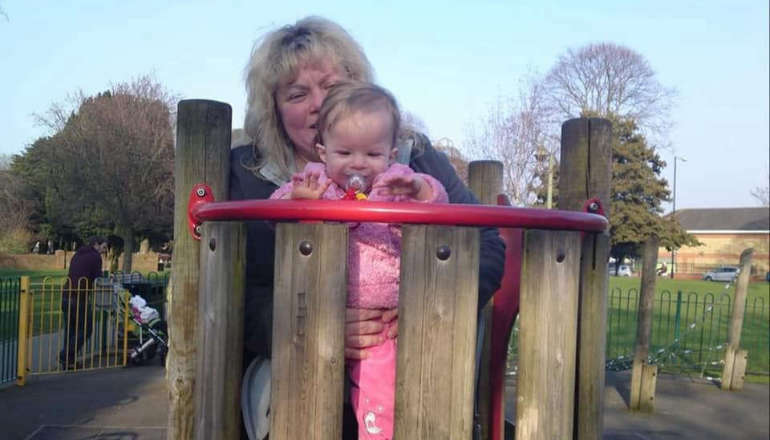 Memorial Held Following Death Of Kezi's Kindness Founder Nikki Flux-Edmonds
Memorial Held Following Death Of Kezi's Kindness Founder Nikki Flux-Edmonds
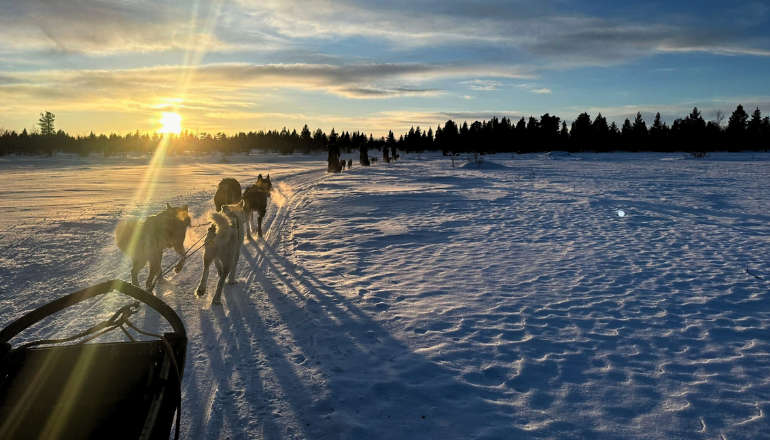 Mountbatten Inviting Islanders To Sign Up For 2026 Lapland Husky Trail
Mountbatten Inviting Islanders To Sign Up For 2026 Lapland Husky Trail
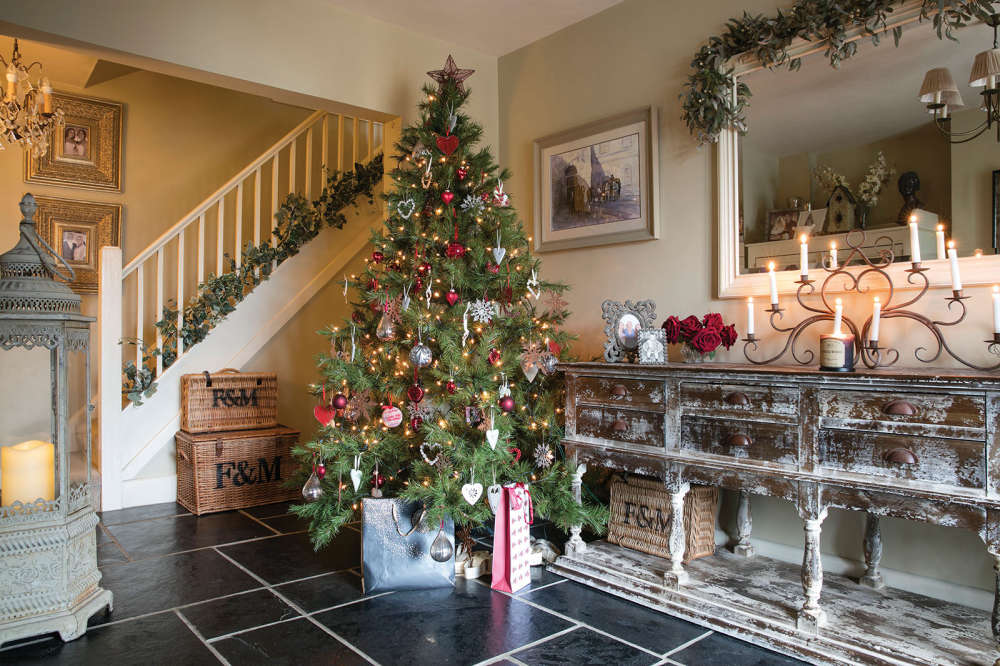 Home Style: Winter Wonderland
Home Style: Winter Wonderland
 Help Available For Islanders To Cut Energy Bills
Help Available For Islanders To Cut Energy Bills
 Island Update: December 2024
Island Update: December 2024
 New Home For Citizens Advice Isle Of Wight
New Home For Citizens Advice Isle Of Wight
 The Alternative Guide to Christmas Gifts
The Alternative Guide to Christmas Gifts
 Island Family Launches Appeal For Teenage Son With Brain Tumour
Island Family Launches Appeal For Teenage Son With Brain Tumour
 What to Watch in December 2024
What to Watch in December 2024
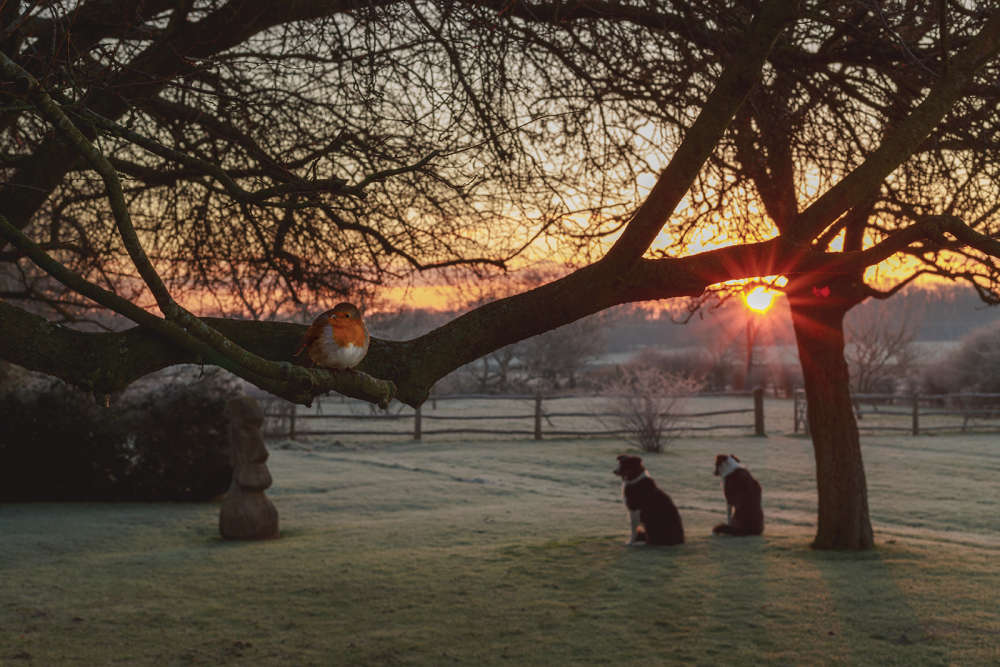 A Gardener’s Best Friend: The Story of Bob the Robin
A Gardener’s Best Friend: The Story of Bob the Robin
 Memorial Quilt To Be Displayed On The Island
Memorial Quilt To Be Displayed On The Island
 Island Author Celebrating Amazon Number One
Island Author Celebrating Amazon Number One